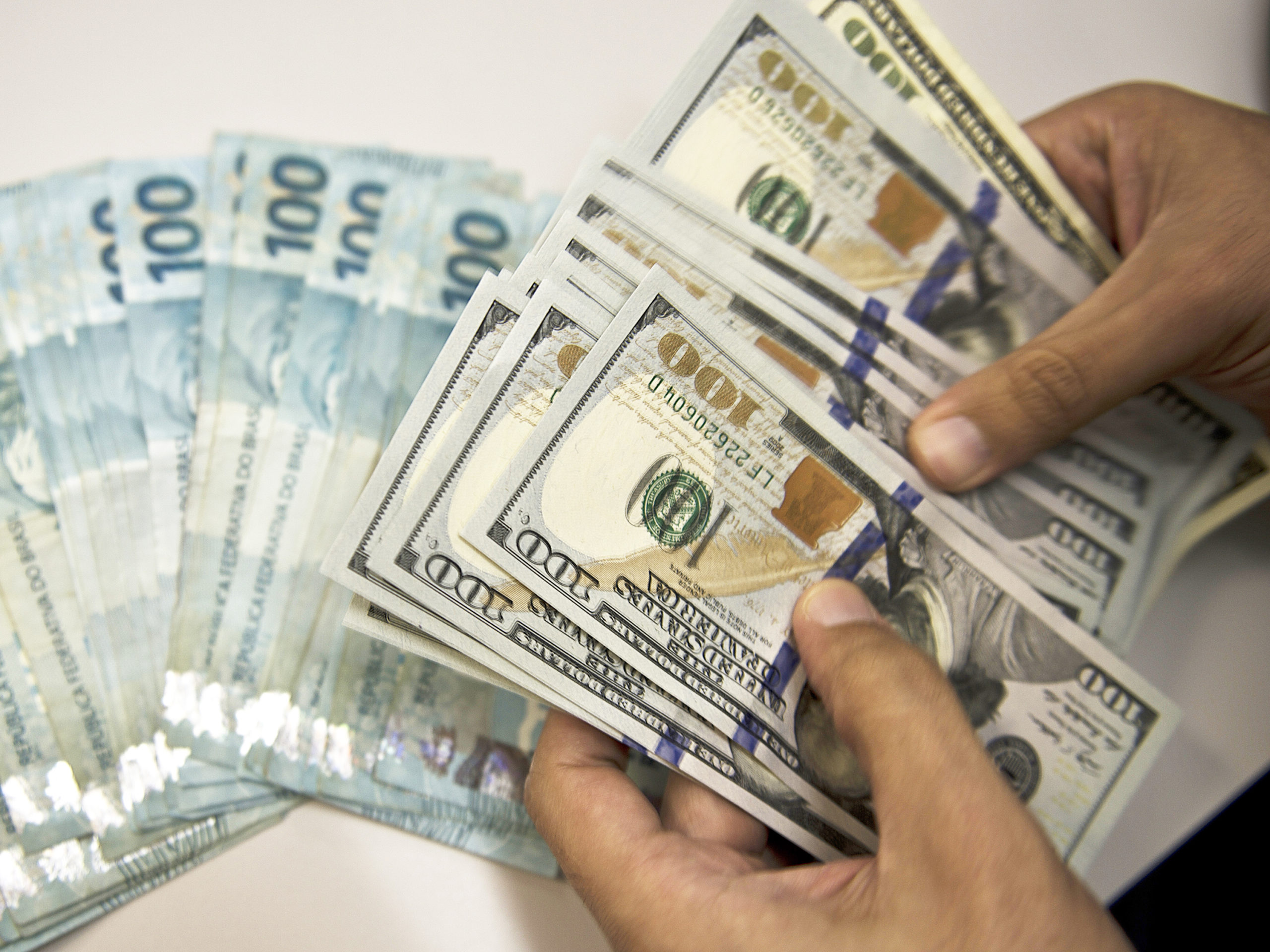RIO DE JANEIRO, BRAZIL – The reduction of global uncertainty with Joe Biden’s victory in the U.S. elections and the beginning of approval of vaccines against the novel coronavirus led to the dollar losing momentum in the last two months in 2020.
Analysts had noted that the global economy could have entered a new and lasting period of a weaker U.S. currency, benefiting emerging countries like Brazil. But this was not what was observed in Brazil in the first week of the year.

The dollar closed high on Friday, January 8th, and saw its highest weekly gain in nearly seven months on the Brazilian exchange market. Furtthermore, the real consolidated the worst start of the year in terms of depreciation in at least 18 years, as investors reflected the strength of the U.S. currency abroad and the shortage of inflows into the country.
One month ago, banks and brokers began to review projections for the dollar, pointing out that it could drop to between R$4.20 and R$4.50 throughout this year, with the inflow of foreign capital and improved confidence in the Brazilian economy.
Uncertainties regarding the direction of the reform agenda in Brazil and the relationship between the Executive Branch under President Jair Bolsonaro and the post-election Legislative Branch, as well as the surge in Covid-19 cases in Brazil, have added to doubts over economic growth in 2021, after an already recessive year in 2020.
This combination further undermines the attractiveness of the real as an investment currency, something that is already affected by the basic interest rate at historical lows – currently 2% per year – and the lack of prospects for robust capital inflows.
The cash dollar closed up 0.31% on Friday, trading at R$5.4168 on sale, after fluctuating between R$5.4417 (+0.77%) and R$5.3225 (-1.43%).
In the week, the American currency jumped 4.34%. It was the highest valuation since the week ended June 19th last year (+5.41%).
Considering the five initial trading sessions of the new year, the real had its worst performance since at least 2003, starting negative in a month which is traditionally one of capital inflow to the country and of a drop in the dollar.
“What happens is that there is no one else selling dollars, only the Central Bank”, said a professional from a large foreign bank.
“Funds have already bought everything they should, banks have completed their ”overhedge” (extra protection of foreign currency assets in banks abroad), they only have clients hedge. And there is much pressure on future exchange because foreigners who are entering the stock market are hedging,” he added, saying that the problem lies in interest rates, which are “very low for the country’s framework”.
With the SELIC basic lending rate at 2% per year, real interest (discounting inflation) is negative, thereby turning the real into a cheap currency to finance or hedge long positions in other markets and assets, such as stocks.
While the real dropped 4.16% in the first week of the year, the IBOVESPA – the main index of Brazilian stocks – jumped 5.2%, breaking one record after another. The index closed on Friday above 125,000 points for the first time in history; it had never closed over 120,000 points until Thursday.
“We do not yet have a new flow to sustain a continued appreciation (of the real). The terms of trade are very favorable, with a strong rise in commodities. Moreover, global liquidity continues to be abundant. But we need to be able to show order in the house to attract this flow,” said Marcos Mollica, of Opportunity.
In a note, Bradesco assessed that the worsening of the pandemic may change the rebound scenario in some economic activity indicators in Brazil, and said that projections will hinge on the development of the disease and the vaccination process.
The bank believes that the real will continue to reduce its distance to its peers and close the year at R$5.00 per dollar, but noted that this scenario implies the maintenance of the spending cap, continued activity recovery and the start of monetary normalization – an increase in the SELIC rate.
The issues that impair the real have been added to an external environment of greater caution, as the pandemic grows again in number of cases in major economies and boosts demand for safe assets, such as the dollar itself.

